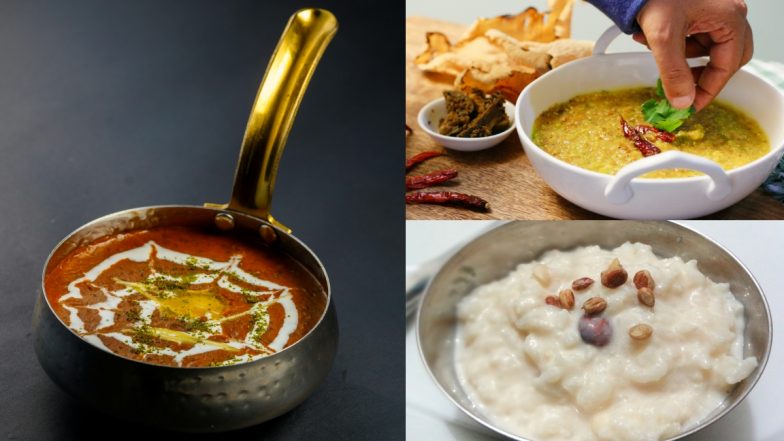Everyone knows a coriander hater who won’t go near the stuff and describes its taste as “soapy” (some studies suggest there may be a gene that causes this). Itamar Srulovich, however, is not one of them: “I adore fresh coriander, and always have,” says the chef/co-owner of the Honey & Co group of restaurants, cafes and delis in London. “In Israel, and indeed in any of the coriander countries, if you go into someone’s house and there’s a bunch of coriander in the kitchen, you really know about it – it’s so potent. What we get in the UK is so tame by comparison, so when people say they can’t stand its strong smell and taste, I often think: what are you even talking about?”
Tame or not, when it comes to coriander substitutions, it all depends on what you’re making. If you’re using the fresh herb as a garnish, say, you could obviously just ditch it and call it a day, although, granted, you’d then miss that hit of freshness. Srulovich suggests looking at other soft herbs: “They’re often quite interchangeable, so if you’re told to finish something with chopped coriander, parsley will do pretty much the same job and bring that essential brightness.” If, however, you’re making something that’s highly spiced or seasoned, or that features lots of garlic, you might find parsley “a bit too polite”, in which case Thai basil, chervil or a mix of the two might make a good replacement: “You want something with a bit of funk.”
Uyen Luu, author of Quick & Easy Vietnamese, would also deploy Thai basil as a coriander substitute: “Throw a handful into a stir-fry instead of coriander, then mix it through so the heat just touches it.” She says there’s a ton of other herbs worth exploring, too: “Vietnamese lemon balm is nice in soups, salads and curries; shiso leaves in salads and summer rolls; or the likes of mint, dill, chives and even fennel tops.” And if a noodle soup, say, calls for a coriander garnish, Luu would opt for a mixture of spring or thinly sliced raw red onion or shallot, chives and Thai basil instead. “If we’re talking phở, though, that’s quite a strict recipe, but I suppose you could try spring onion, Thai basil and Thai parsley, which is also known as sawtooth.” There’s also Vietnamese coriander to consider, not least because it’s nothing like regular coriander and therefore good news for the haters. “It’s like a spicy Thai basil,” Luu says, “and is good in salads, as a garnish for curries and noodle soups, with chicken or fish, and just about anywhere else you might use coriander, really.”
Things get a bit more complicated when coriander is an integral part of a dish, however, or when it’s called for in vast quantities, Srulovich says: “That means things such as zhoug, a Yemeni relish, or there’s this stew for which you blitz tomato and coriander, then cook lamb slowly in that – both of those really lean on the coriander.” You couldn’t use Thai basil, either, he says, because it will bruise, and it responds to heat in a different way. Parsley might work, but then you’d be looking at a milder flavour. “But that’s 100% fine,” Srulovich says – after all, a recipe is a guide, not gospel. “The only rule is that you need to enjoy it.”







